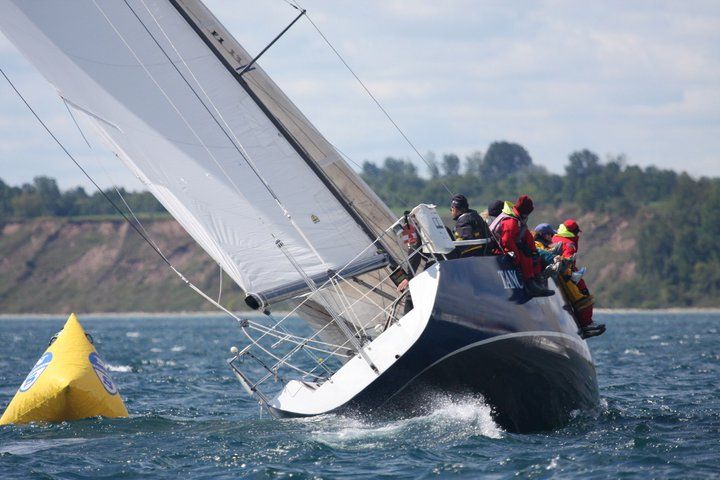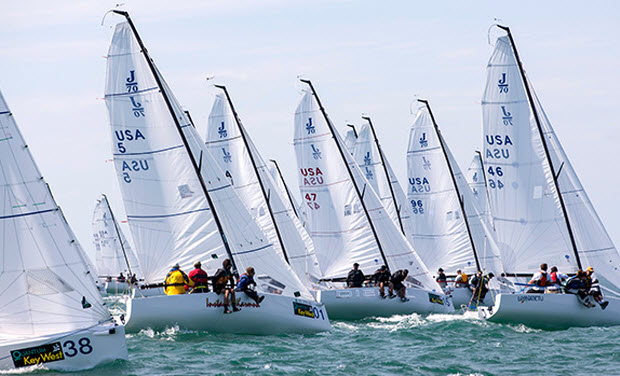
Sailing is an activity that brings together both physical and mental skills. The feeling of the wind on your face, the sound of the waves, and the thrill of the adventure are what attract many sailors to the sport. However, even the most experienced sailor can benefit from the guidance of a sailing coach. Below I’ll explore the reasons why an experienced sailor should use a sailing coach.
1. Improve technique and skills
One of the primary reasons why an experienced sailor should use a sailing coach is to improve their technique and skills. A sailing coach can help you identify areas where you need to improve and provide guidance on how to do it. They can also help you refine your existing skills, allowing you to sail more efficiently and effectively.
SAILING TO WIN BOOK AND BONUSES
2. Expand your knowledge
Even if you’ve been sailing for years, there’s always something new to learn. A sailing coach can help you expand your knowledge and understanding of sailing. They can introduce you to new techniques, share their own experiences and knowledge, and provide you with insights into the sport that you may not have considered before.
3. Build confidence
Sailing can be a challenging sport, and it’s not uncommon for even experienced sailors to experience moments of doubt or uncertainty. A sailing coach can help you build your confidence, providing you with the support and guidance you need to overcome any challenges you may face. They can also help you develop a positive mindset, which can be essential when it comes to achieving your goals.
4. Set and achieve goals
A sailing coach can help you set and achieve your sailing goals. Whether you’re looking to improve your skills, compete in a regatta, or simply enjoy sailing more, a coach can help you develop a plan to achieve your objectives. They can also provide you with the motivation and accountability you need to stay on track and achieve success.
FREE BOOK – SAILING TIPS FROM SAILING LEGENDS
5. Save time and money
Using a sailing coach can actually save you time and money in the long run. A coach can help you identify the most efficient and effective ways to sail, allowing you to make the most of your time on the water. They can also help you avoid costly mistakes that could damage your boat or equipment.
In conclusion, even experienced sailors can benefit from using a sailing coach. A coach can help you improve your skills, expand your knowledge, build your confidence, set and achieve goals, stay safe, and save time and money.
Whether you’re a competitive sailor or simply enjoy sailing for pleasure, a coach can help you take your sailing to the next level. So, if you’re looking to improve your sailing, consider using a sailing coach – it could be one of the best decisions you ever make.





















